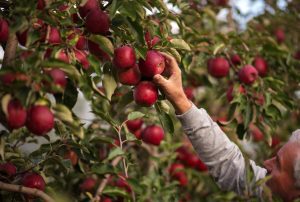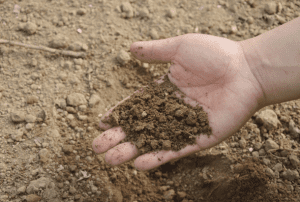Patulin in apple juice – what you need to know
Industry Best Practice
In May 2020, a brand of Australian apple juice was recalled from major Australian supermarkets after it was found to be contaminated with patulin. Only a month earlier, recalls of Australian apple juice were made for similar reasons in Hong Kong and Singapore. The detection level in Singapore and Hong Kong was 0.26mg/kg – significantly over the 0.05 mg/kg standard.
Here’s all the information you need to detect and avoid patulin.
What is patulin?
Patulin is found in rotten apples and their products. It is a mycotoxin produced by a range of different fungi, including Penicillium expansum, the cause of blue mould in apple.
The presence of blue mould is generally a good indicator that patulin is present in the fruit. The fungus infects fruit that is wounded or damaged, for example, by insects, bruising or hail. In apple varieties with an open calyx it may enter the core during early fruit development growing slowly within fruit tissues, not causing the fruit to rot, but still producing patulin as it grows.
Patulin, food quality and food safety
As well as affecting visual appearance, quality and marketability, blue mould presents an important food safety issue in apples and apple products.
Around 15% of apples produced in Australia are processed for juice, cider, purees and other products. If contaminated apples are used to make juice, patulin can be carried through to the final product. Pasteurization will generally kill the fungus but does not remove the patulin which is already present.
While there is no maximum level set for patulin in Australia the ML needs to be kept as low as reasonably achievable (ALARA). The onus is on the producer to ensure their product is safe and suitable for human consumption.
Controlling blue mould
Penicillium is common in the orchard and packing shed. Many of the approaches used to control storage diseases, in the orchard, during harvest and post-harvest, will help control both direct infection of apple by P. expansum and also limit secondary infection via damaged or wounded sites.
Removing damaged or decaying apples prior to storage and again prior to processing is probably the most effective way to avoid contamination. Studies have also shown that the more quickly fruit is processed, the less likely patulin levels will increase.
Testing for patulin
Patulin can be detected via laboratory tests.
The National Residue Survey (NRS) provides a testing service for patulin at no cost to pomefruit levy payers. NRS covers the freight, sample equipment and patulin analysis costs. The current turnaround time for the patulin testing is 10 days. To participate in the patulin testing program please contact the NRS to obtain a registration form. The NRS will then mail all the equipment needed along with a sampling manual on how to collect and submit the sample.
Privacy is critical to the program. NRS is bound by the Privacy Act and s11 of the National Residue Survey Administration Act 1992.Any data generated from participation will not be provided to any other party without written permission.
More information on the NRS is available here.






